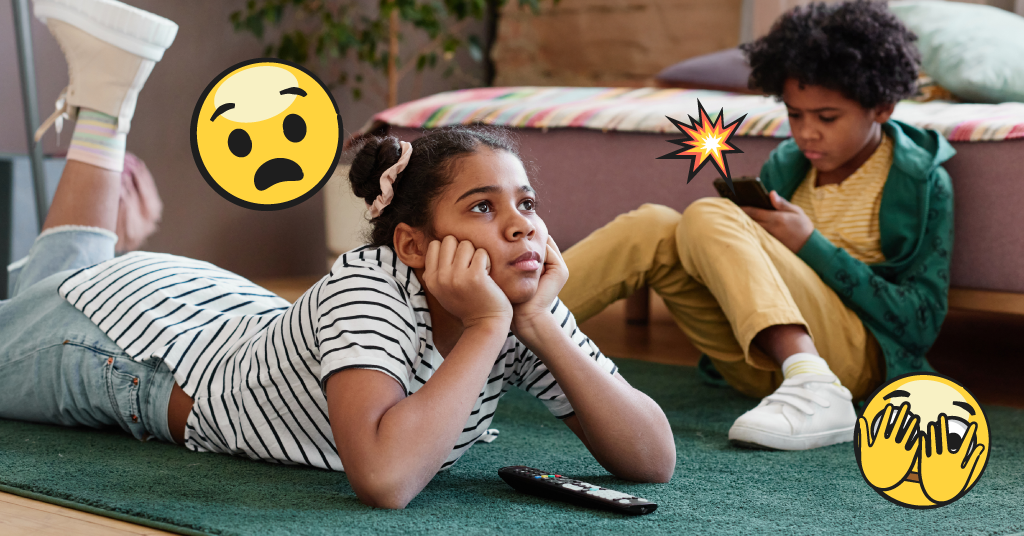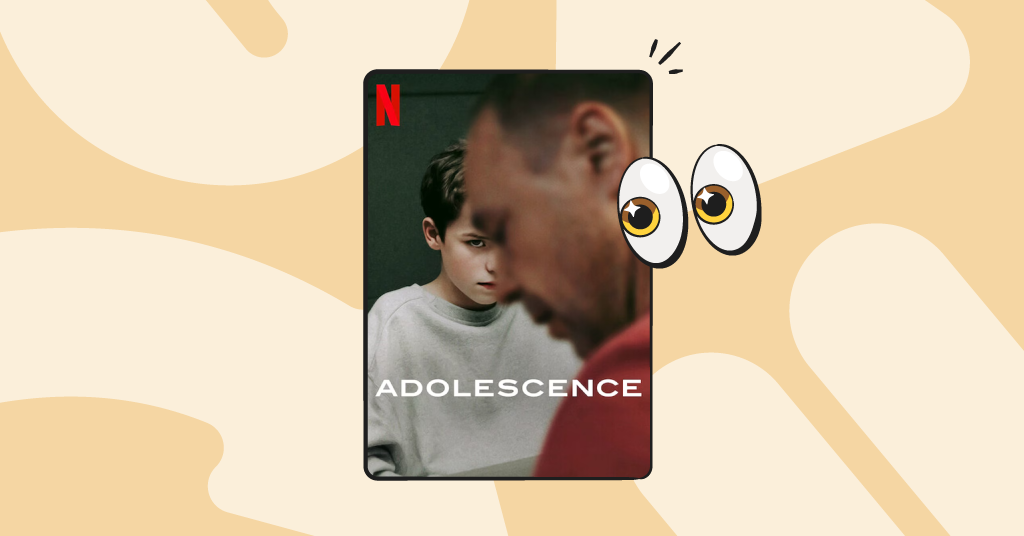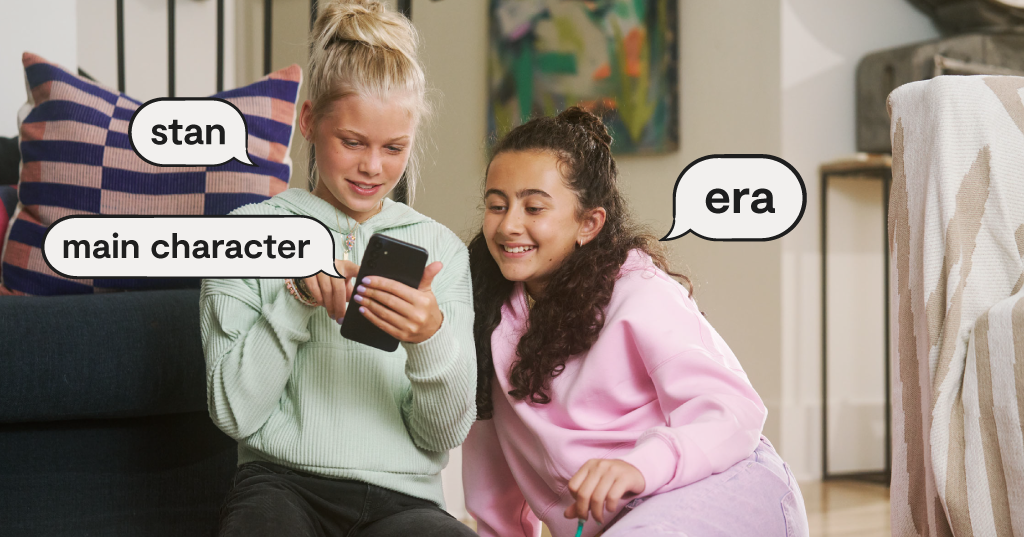For many of us growing up, we encountered violent content from watching the news in our family living room or playing video games like Mortal Kombat and Doom. Some of us may have had access to the family computer and came across inappropriate content there. But kids today have much easier access to the internet, and therefore a much higher risk of encountering violent, graphic content. Taking it a step further, new technology makes it possible to see AI-generated content that is far more disturbing than what we saw on the local news growing up.
So, what can parents do to protect their children from this dangerous side of the internet? We’ve put together some pointers to help your family navigate violent content online.
Start With Setting Boundaries
At Bark, we believe it’s important for kids to have a healthy level of privacy and freedom to explore both their real-life and digital worlds. It’s true that we as parents can’t shelter our kids forever — but it’s also true that there are things out there that no kid ever needs to see. Sadly, there have been viral images and videos of gory deaths, abuse of animals and people, and more.
Parents have to be extra vigilant to protect their kids from this kind of graphic content, which is where having reliable parental controls comes into play. The best place to start is to find a web filtering system that allows you to block inappropriate sites, either on the device or through your router. Some apps that your child uses may have content settings that allow you to limit explicit content.
Have Open Discussions
Even having reliable parental controls will not replace the importance of having open, frequent conversations with your children. It’s better that they learn how to think about these things from you first — a trusted, safe resource — versus encountering this content online without anyone to help them process it.
Here are a couple of talking points to start these conversations.
Explain age-appropriate content
This is a helpful, generalized way to start the conversation. The simple fact is that some content is made for kids and some is not. You can use examples to help explain, such as how driving is an activity for adults, not kids. You have to be a certain age to do that. In the same way, some content is only acceptable when you’re older.
Discuss what’s real and fake
One of the golden rules of the internet is that you can’t believe everything you see online. This has always been true, but with the rise of AI-generated content, it’s even more imperative that kids learn this as early as possible.
You can also explain that there are “bad actors” who will purposely create fake content to trick or hurt other people. Older kids may be ready to talk about and understand things like sextortion and online predators. It can even be helpful to find examples of scams that use AI so that kids know exactly what to look for if they ever encounter one themselves.
Ask them questions
Sometimes the best conversations are led by the kids themselves. Consider asking them questions such as:
- “What’s the scariest thing you’ve ever seen in a movie or show we’ve watched?”
- “Have you ever seen anything scary online, like on YouTube?”
- “Have your friends ever shown you anything that made you feel uncomfortable or nervous?”
- “What do you think you should do if you ever see anything that makes you uncomfortable online?”
These questions can open a door for you to respond with advice and support, letting them know that you are always a safe place to share their experiences, good or bad.
End on a Hopeful Note
After talking about scary content and “bad actors” — whether this was a preemptive conversation or the result of something they saw online — kids may start to feel fearful of the internet and the world. So it’s good to balance these serious conversations with some positivity! Remind your kids that the internet is full of good and kind people who do amazing things. You can also show them why it’s important to be one of those people who puts kindness and creativity into the world, instead of spreading negativity.
How Bark Can Help
Bark offers reliable parental controls that can help block inappropriate apps and sites, as well as alert you if your child comes across anything concerning in texts, emails, and 30+ apps. Our monitoring and alerts provide powerful opportunities to start conversations with your child about what they may be experiencing online. Then, you can make sure they have the support and guidance they need to have healthy, safe digital lives.
Bark offers a variety of products that help parents protect their kids online, including the Bark Phone, the Bark Watch, the Bark app, and the Bark Home. Check out our products page to find out which one is the best fit for your family.
Read more
Bark helps families manage and protect their children’s digital lives.






